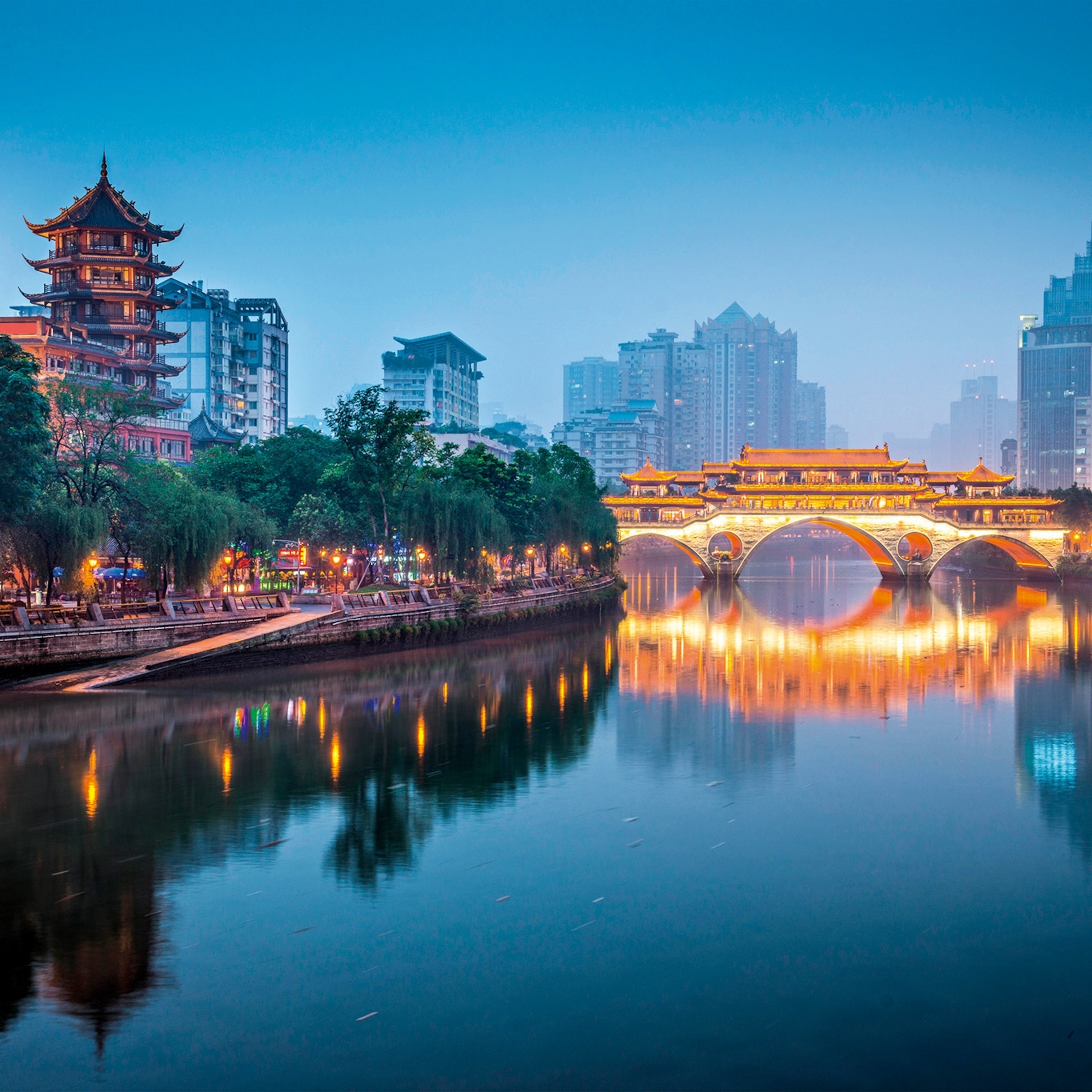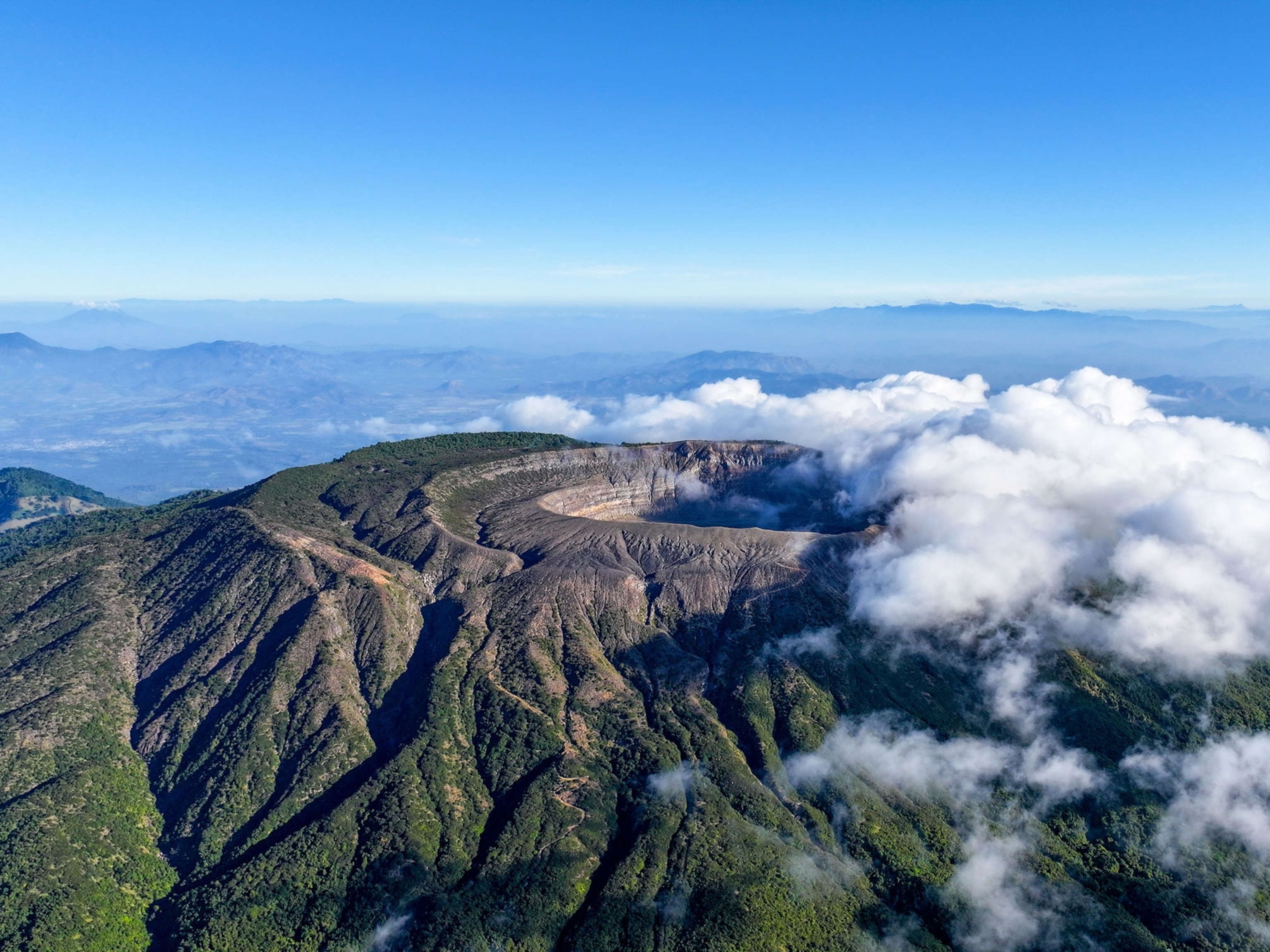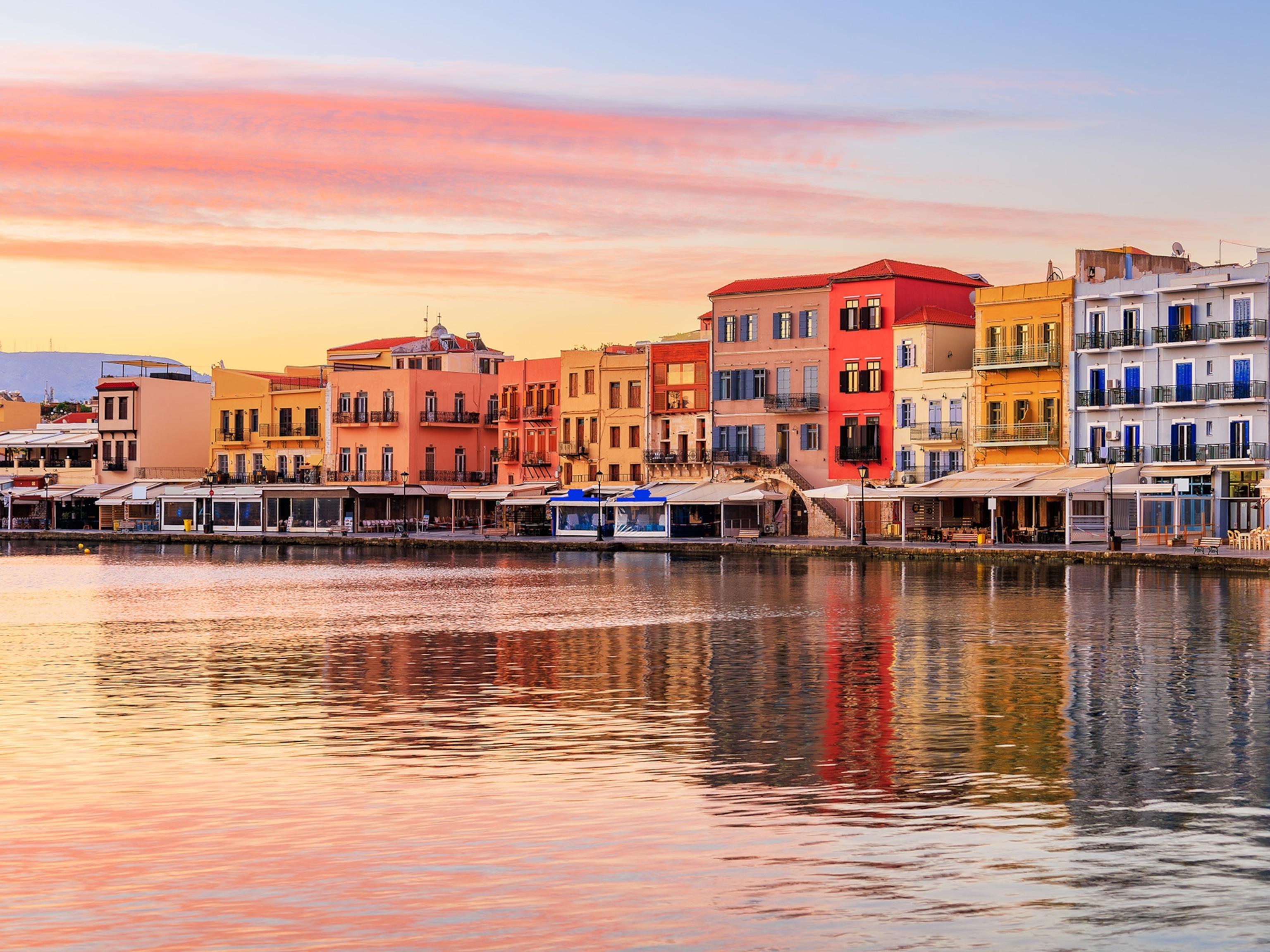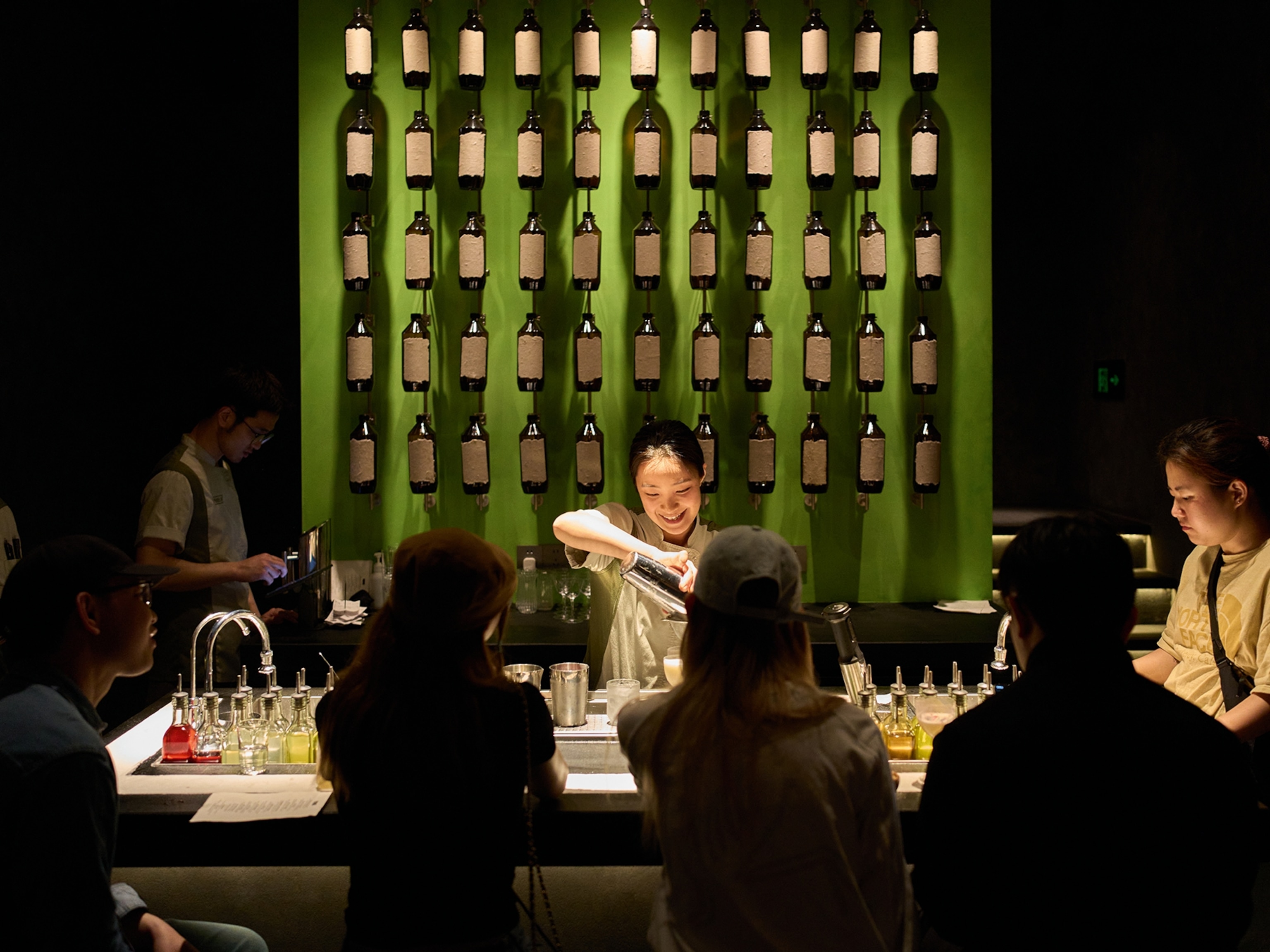
Discover Hangzhou, China’s enchanting eastern city
The host city for the 19th Asian Games, the vibrant metropolis of Hangzhou has much to offer heritage-hungry international travellers.
If you let your gaze drift down the east coast of China, slipping briefly west over Hangzhou Bay, your eye will fall on a city that’s set to become a huge tourism story in the coming year. Next September, the vibrant city of Hangzhou will host the 19th Asian Games — an athletic event that will gather together the continent’s foremost sporting stars for a fortnight of elite competition.
This won’t be the first time Hangzhou has held the attention of Asia. The capital of the Zhejiang province of eastern China, Hangzhou has held an important place on the Chinese map for millennia and at the archaeological ruins of Liangzhu City, you can trace the history of Chinese civilization back to approximately 3300-2300 BC. The city was also the capital of the Southern Song Dynasty, with sites such as the Fanshan Imperial Tomb and the Remains of Mojiaoshan Palace offering a glimpse into this fascinating past. In more recent years, Hangzhou has evolved into a swirling international metropolis where the skyscrapers of Qianjiang New City adorn the riverside, innovative tech firms craft futuristic gadgets and major companies like Alibaba have set up their headquarters.
Amid all this high-tech innovation, Hangzhou has not lost touch with its natural surroundings. The celebrated beauty spot of West Lake — which dates back to the earliest years of settlement — is one of three official UNESCO World Heritage Sites in and around the city. Its conception was heavily influenced by poetry and painting and its natural beauty, surrounded by pagodas, tea fields and mountains, has had great influence on landscape aesthetics in China, Japan and Korea.
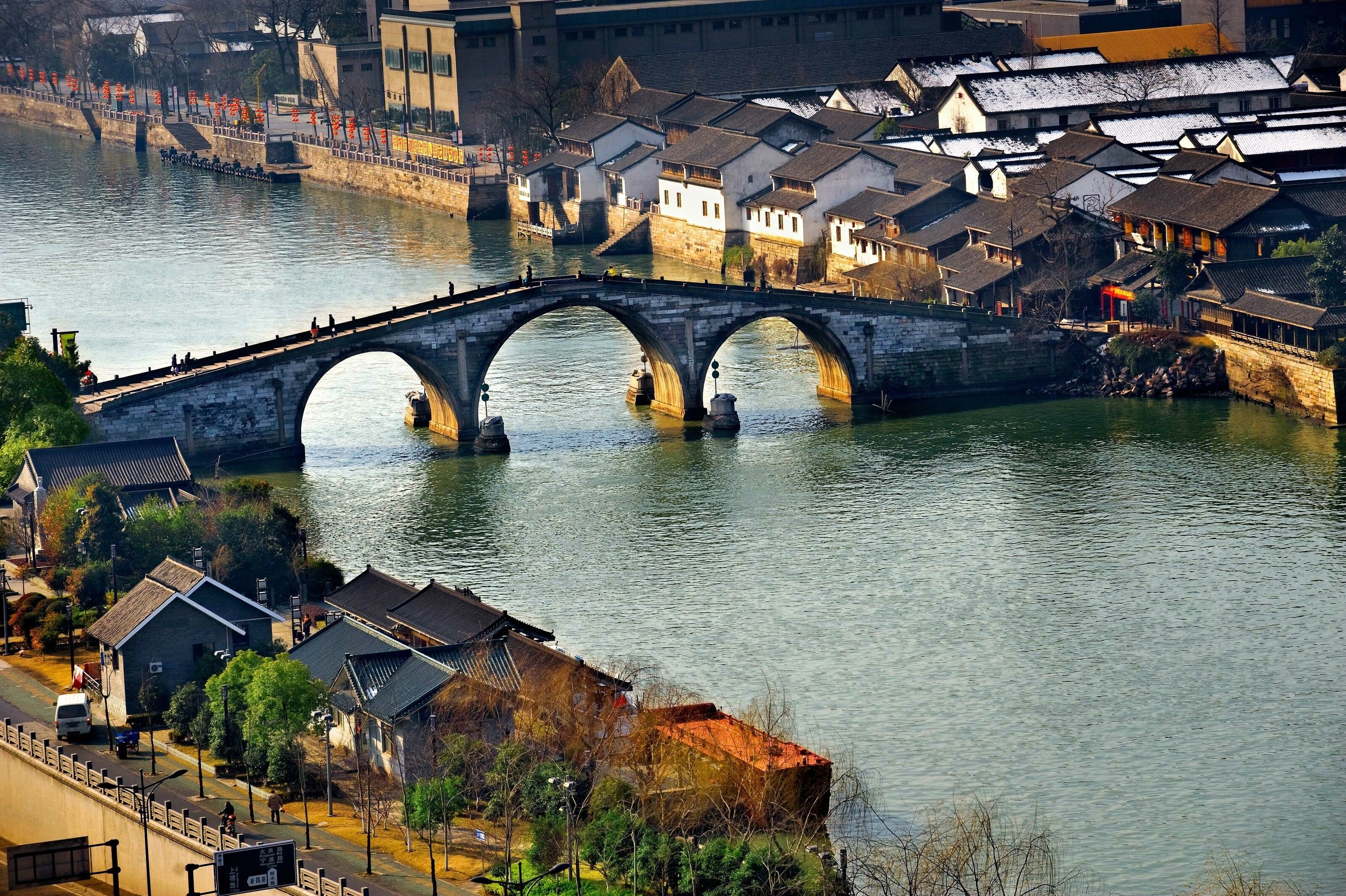
Fascinating history
Between 1132 and 1279, Hangzhou — then known as Lin’an — was the capital of the Song dynasty. One of the mightiest families in the richly embroidered tapestry of Chinese history, its regal fingerprints linger to this day. Southern Song Imperial Street, which cuts across the Shangcheng district, was the main thoroughfare of Lin’an and celebrates the era in a whirl of restored temples and vivid cultural festivities. The recently restored Deshou Palace, soon to be open to the public, offers further opportunity to discover these distant centuries and throughout Hangzhou, tea ceremonies, incense burning and painting prove that the charm of the Song Dynasty is still an indispensable part of local life.
Tangible culture
Hangzhou is a city obsessed with tea. Longjing, the local green tea, is the most popular in China and international travellers can learn all about its importance in the city at the Hangzhou National Tea Museum. Each spring, visitors here can spend a day as a tea grower, picking and frying tea leaves to create the perfect cup. For further immersion in local life, visit the China Silk Museum, which shines a similar light on Chinese sericulture and silk weaving skills. Carve your own seal at the Xiling Xiling Printing Society, a space dedicated to the grand process of creating and carving family crests — one of Hangzhou’s many great traditions. Or, learn to play Guqin, an ancient Chinese string instrument, at the West Lake Guqin Club.
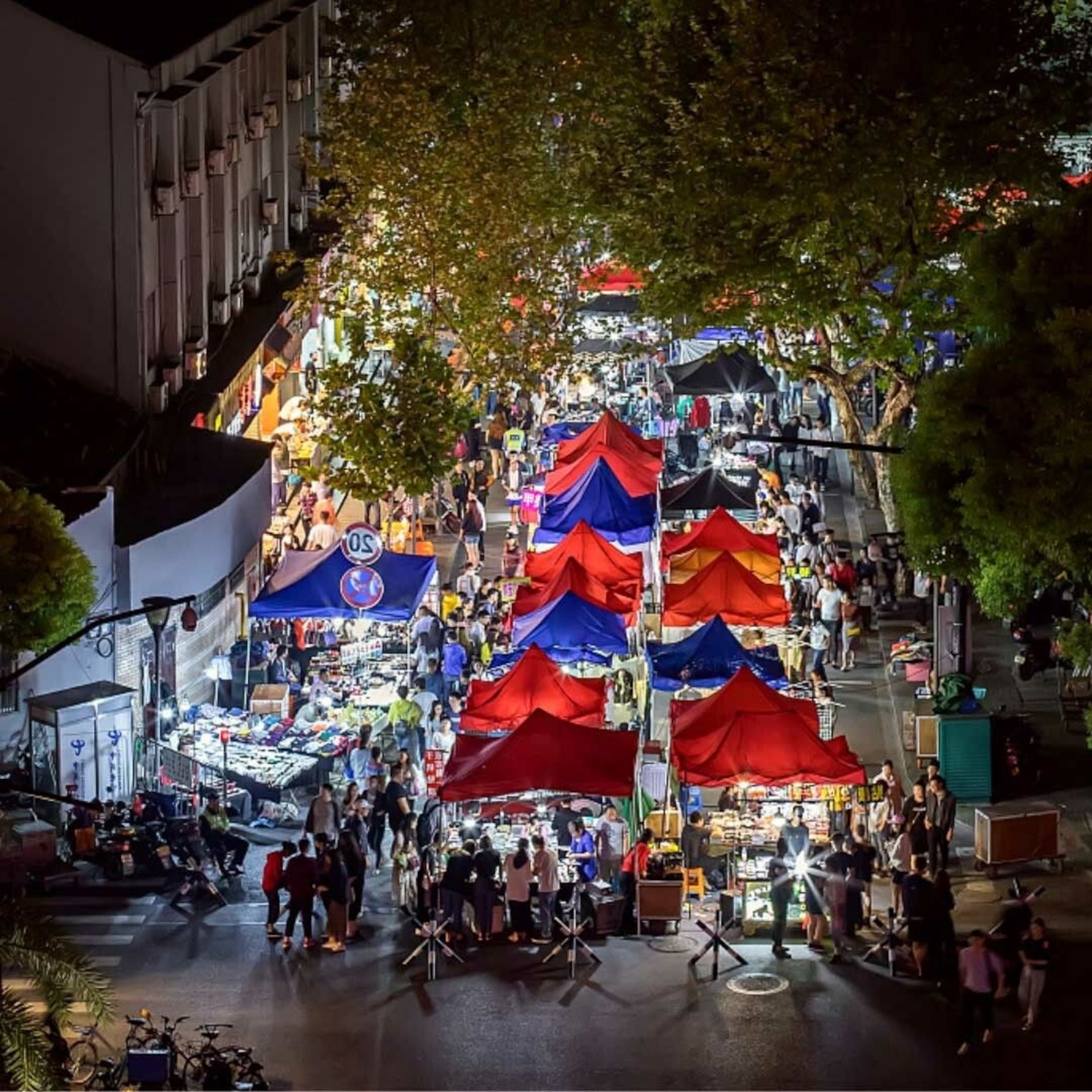
Dynamic nightlife
As the day fades, Hangzhou comes alive, and there are few better ways to throw yourself into the blur of city life than an hour or two of mixing with the locals, shopping for handicrafts and tasting regional delicacies. The Wulin and Wushan Night Markets are two of the most popular options for such immersion, but if you prefer your evenings to be a little quieter, you can take to the water with an after-dark cruise on West Lake or the river, or enjoy a night jog at the Su causeway or Xixi National Wetland Park.
A vibrant arts scene
Thanks to its position as a tech-industry epicentre with a large international population, Hangzhou has an innovative arts scene. Highlights include Enduring Memories of Hangzhou — a splendid, twice-nightly performance, guided by the film director Zhang Yimou, that sees a love story dance across the surface of the water using innovative special effects — and Dreamy Shangtang River, an immersive experience on the canal. Wang Shu, the first Chinese winner of the Pritzker Prize for Architecture, left his mark on the city, with his masterpieces including the Hangzhou Xiangshan Campus of China Academy of Art and the The Fuyang Museum. Visitors should also be sure to visit the Zhenjiang Art Museum a true wonder that traces Chinese painting back through the millennia.

Rural exploration
Contrasting with the fast-paced energy of Hangzhou’s centre, the city's surrounding areas provide a glimpse of a timeless rural China that moves at a slower pace. Qingshan Village, 40 miles north west of Hangzhou, is a beautiful spot that is working successfully with the non-profit Nature Conservancy organisation to promote rural development and environmental conservation. Luci Village, 60 miles south west of the centre, is a riverside oasis where the poet Fenggan composed verse in the time of the Tang dynasty. But perhaps the most beautiful of them all is Guide Village, an ancient kernel surrounded by terraced fields and swaying ginkgo biloba trees.
Plan your trip
There are no direct flights to Hangzhou from the UK but the likes of KLM (via Amsterdam) and Qatar Airways (via Doha) offer flights with stops. Alternatively, fly to Shanghai, 110 miles away, and hop on the high-speed railway, which reaches Hangzhou in just 45 minutes. Once in the city, countless taxis and an extensive subway system make inner city travel a breeze.
For more information, visit Hangzhou on Facebook, Instagram or YouTube.
Follow National Geographic Traveller (UK) on social media
